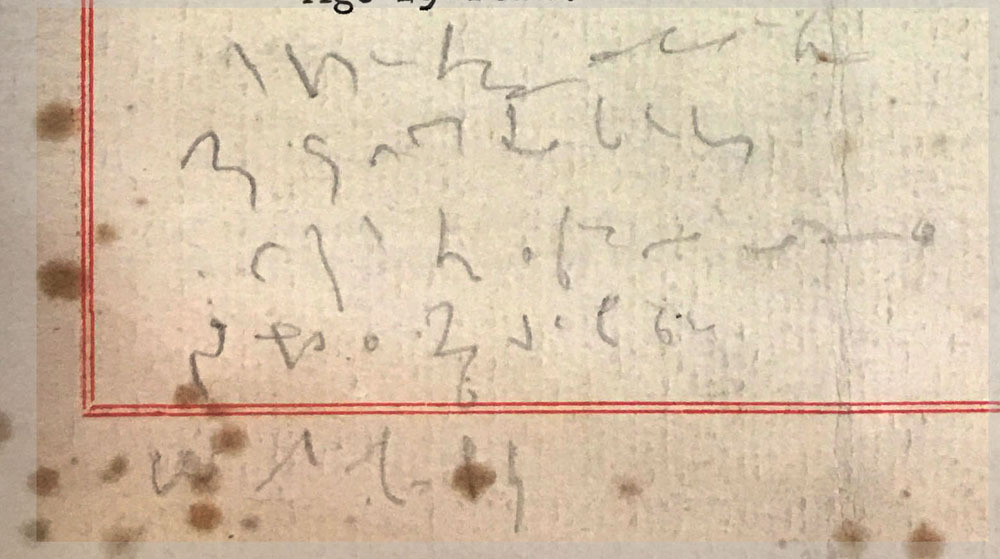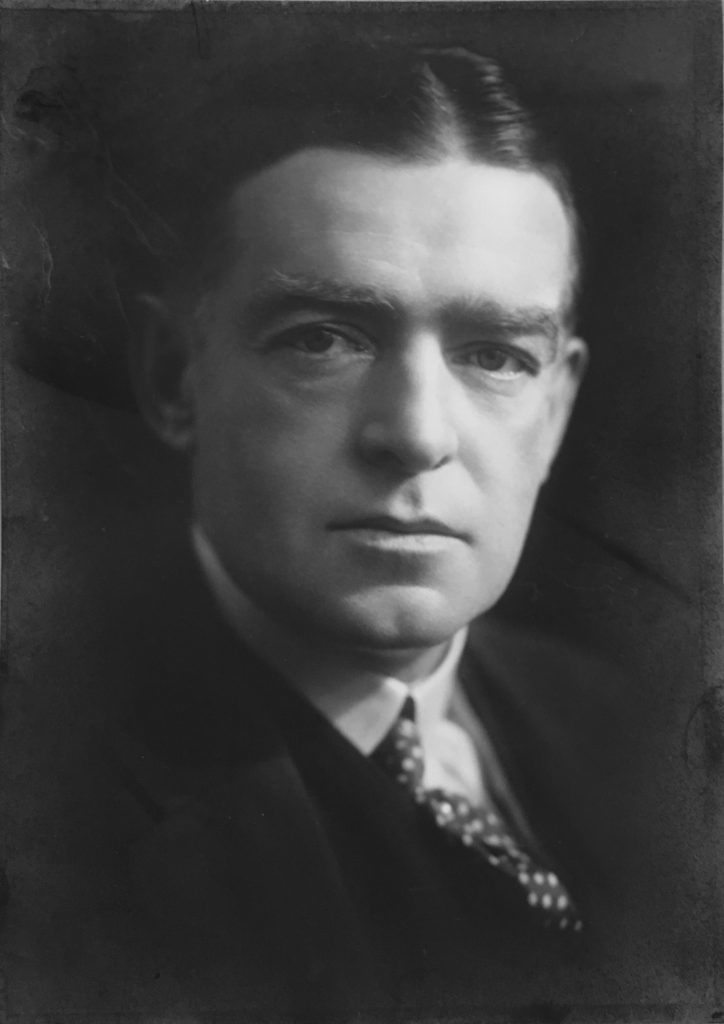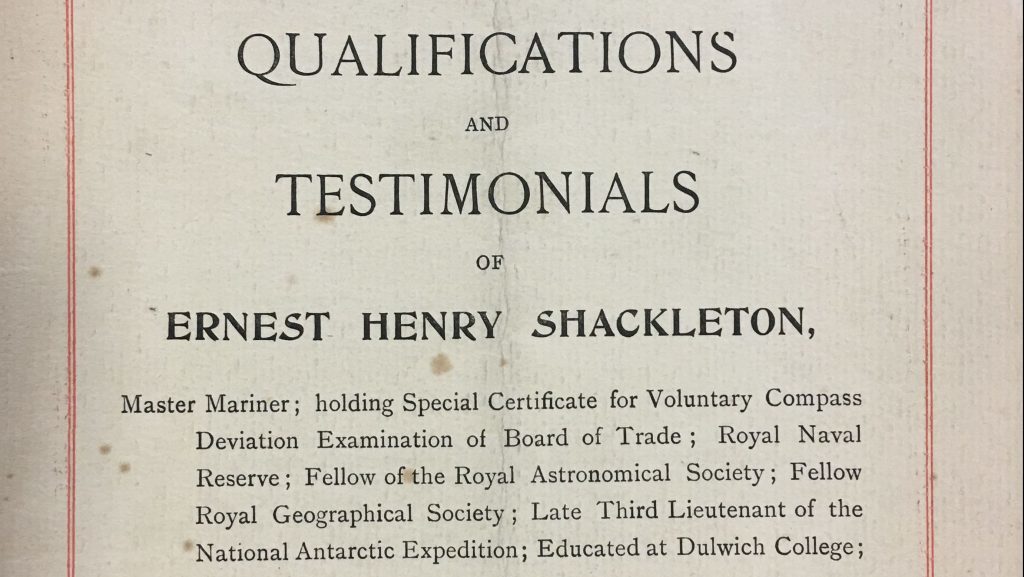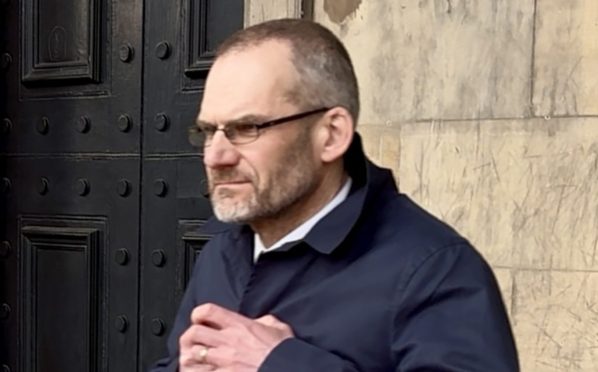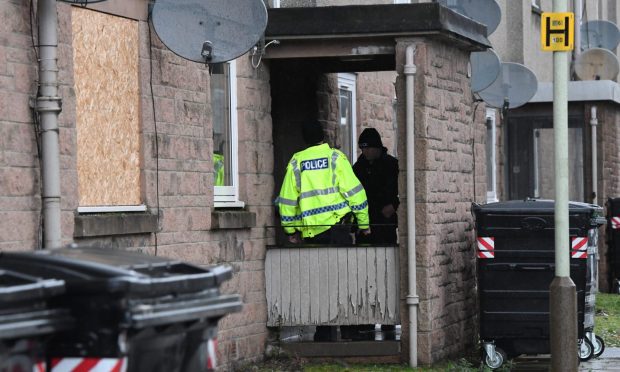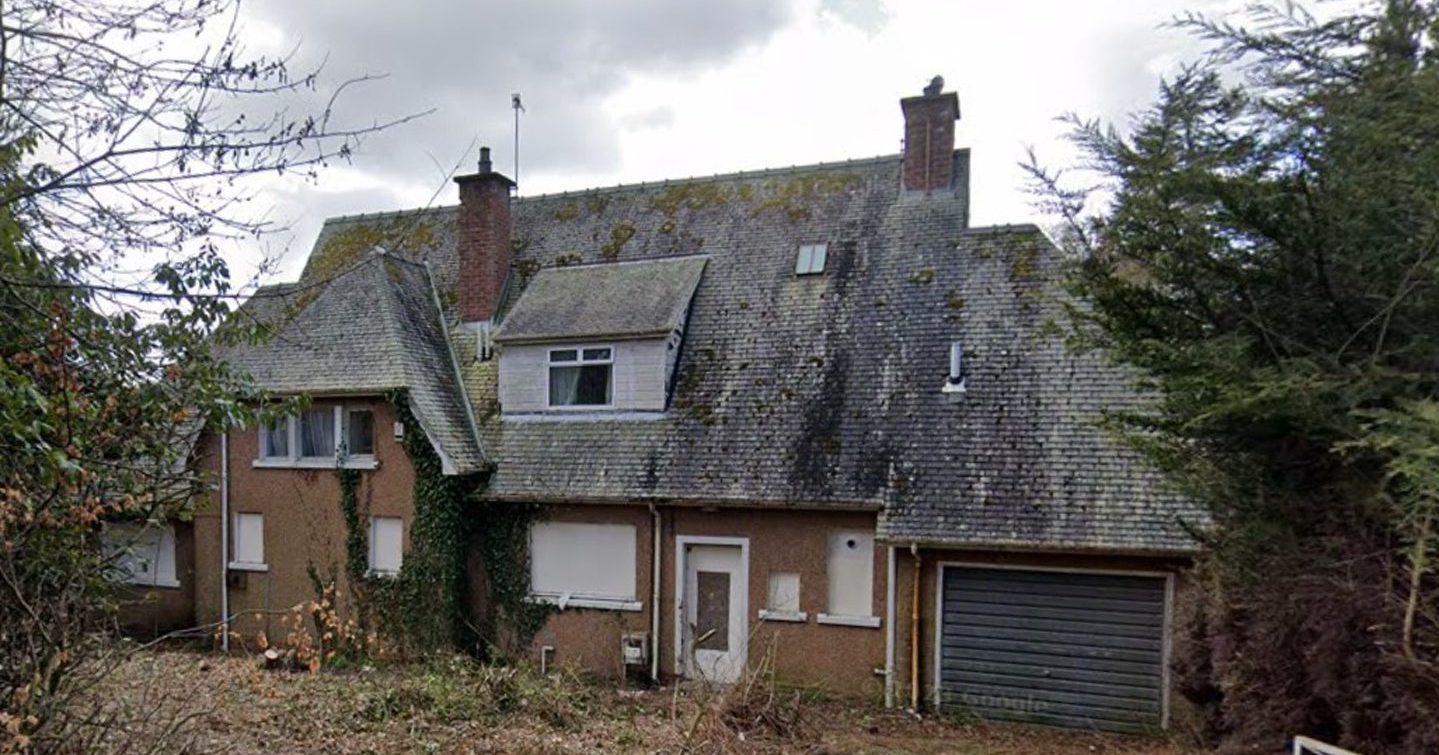A mystery has been unearthed in the archives of the Perth-based Royal Scottish Geographical Society relating to one of the great Antarctic explorers.
Sir Ernest Shackleton was secretary of the RSGS, which was then headquartered in Edinburgh, from 1904 to 1905, and was seen as an invigorating influence, introducing the latest innovations such as the telephone.
Relics of his time at the RSGS include handwritten council minutes, numerous photographs and an annotated map of the Antarctic. Recently, while looking through some archive boxesm society writer in residence Jo Woolf rediscovered Shackleton’s CV, dated December 1903 and designed specifically to apply for the vacant post of secretary.
In 1903, Shackleton had just returned from his first Antarctic expedition with Captain Robert Falcon Scott on board the Discovery and was seeking employment while planning his next venture.
His CV was beautifully prepared and printed, and contained testimonials from his most influential friends, among them Sir Clements Markham, secretary of the Royal Geographical Society in London who described him as “able, zealous, conscientious and energetic”.
Captain Robert Falcon Scott is quoted as saying that, as his Third Officer, Shackleton was “a marvel of intelligent energy.”
In reality, there was a rivalry between the two explorers, which is elegantly skimmed over in the CV.
Scott had sent Shackleton home early from the Antarctic on medical grounds; but Shackleton, protesting his own fitness, regarded this as a slur on his physical capabilities.
His CV makes the best of the incident, drawing attention to his diligence, usefulness, and “indomitable pluck” during the expedition, and noting that the “severe work” of the southern sledge journey led to his “breaking a blood vessel”.
The document contains an intriguing mystery as there are shorthand notes written in pencil which the society have been unable to decipher successfully — was this a reaction to Shackleton’s application, a comment on his character or a dictated response to his CV?
Anyone who can help the society solve the puzzle can contact them on enquiries@rsgs.org.
